On Thursday 12th September the Centre for Midwifery, Maternal and Perinatal Health (CMMPH) was host to the Iolanthe Midwifery Trust awards in the Executive Business Centre. Founded in 1983, the Trust supports midwives and student midwives to undertake further education and to carry out projects designed to improve the care of mothers and babies.
Professor Gail Thomas, Dean of HSC, opened the evening and welcomed guests to Bournemouth University (BU). She noted that the event was particularly poignant for midwives in CMMPH, as it marked the final year of the Tricia Anderson award made in the memory of Tricia Anderson, who was a midwife and lecturer at the university.
The evening featured presentations by Mary Stewart, who reflected on Tricia’s life and legacy, and updates from the five Tricia Anderson award winners who told the audience about the impact that their awards had made. Presenters included BU’s Alison Taylor, who received the first Tricia Anderson award in 2008. She presented a brief film showing how the award was helping to improve education and practice about breastfeeding.
2013 award winners received their awards and certificates from Professor Lesley Page, President of the Royal College of Midwives. Winners came from the length and breadth of the UK. Among the twelve student and seven midwife award winners was BU student midwife Sean Hill who received funding for his elective placement at the Karolinska Institute in Sweden.
Trustee Professor Billie Hunter and Professor Lesley Page announced a new award for 2014, the Jean Davis Award, which will be available for midwives working to address the impact of social inequalities on the well-being of pregnant women, new mothers and their babies.
Vanora Hundley, Professor of Midwifery at BU and Trustee, closed the event thanking all the presenters and award winners for a fascinating and inspiring evening.





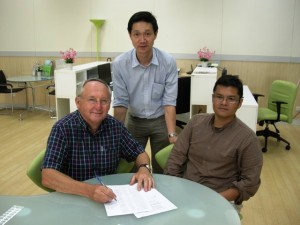

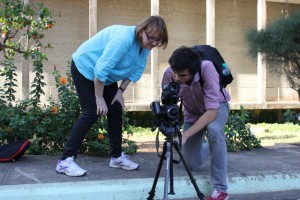

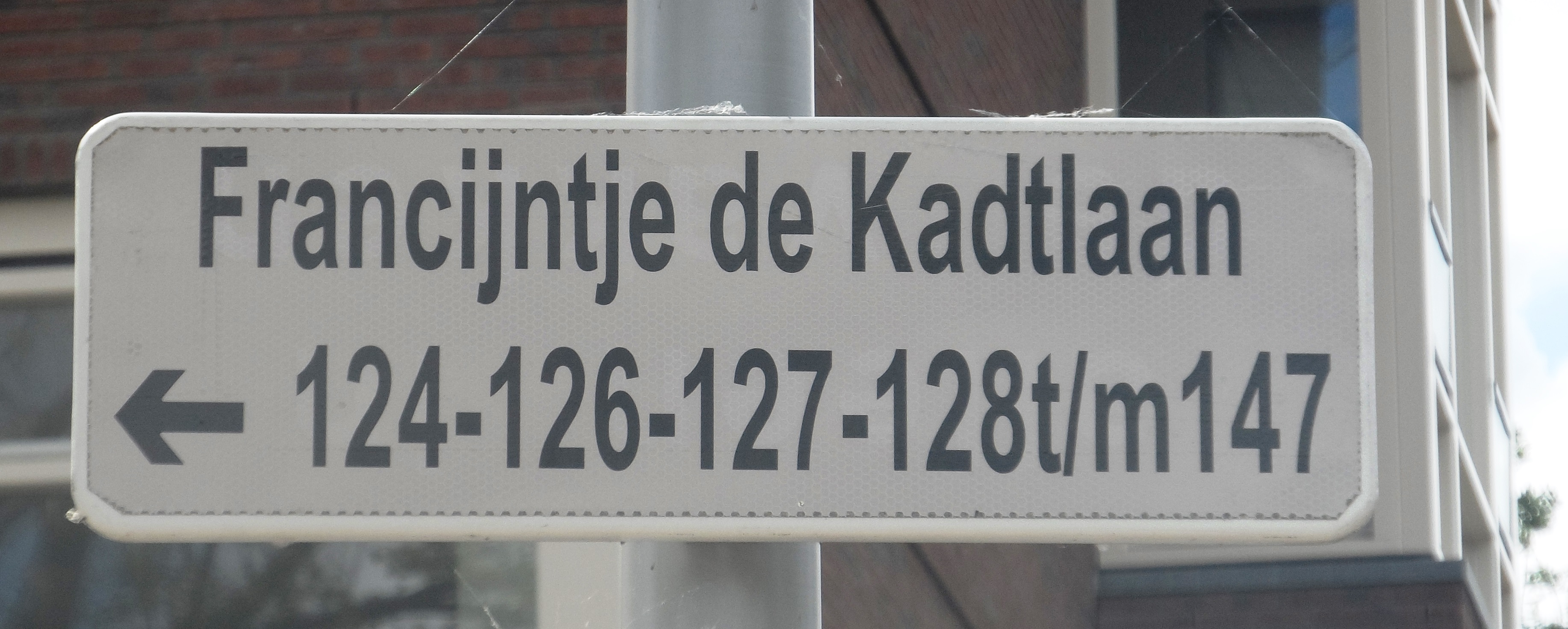

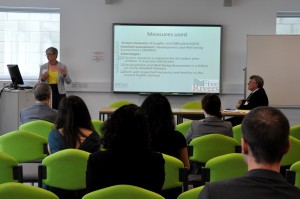

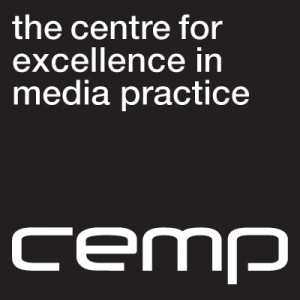












 BU Professor has been invited to a series of plenary and invited lectures.
BU Professor has been invited to a series of plenary and invited lectures.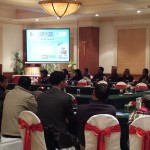 Research reaching non-academic audiences
Research reaching non-academic audiences April’s Café Scientifique – Should we help machines understand and respond to our emotions?
April’s Café Scientifique – Should we help machines understand and respond to our emotions?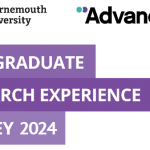 Postgraduate Research Experience Survey (PRES) 2024 – 2 WEEKS LEFT
Postgraduate Research Experience Survey (PRES) 2024 – 2 WEEKS LEFT Working with The Conversation: online training session – Wednesday 8th May
Working with The Conversation: online training session – Wednesday 8th May Apply for up to £1,000 to deliver an event and take part in a national festival of public engagement with research
Apply for up to £1,000 to deliver an event and take part in a national festival of public engagement with research MSCA Postdoctoral Fellowships 2024
MSCA Postdoctoral Fellowships 2024 Horizon Europe News – December 2023
Horizon Europe News – December 2023